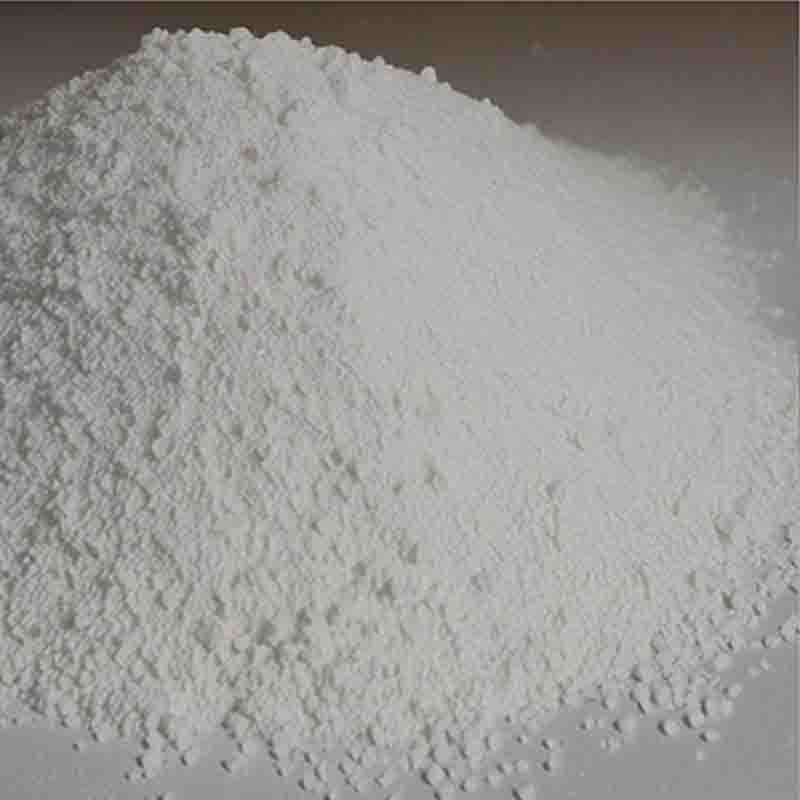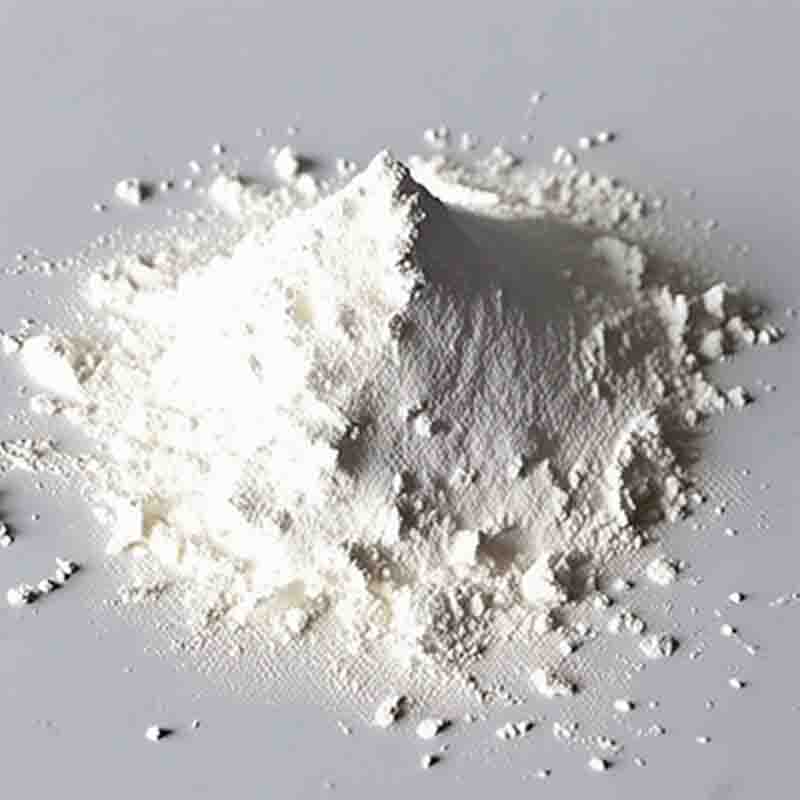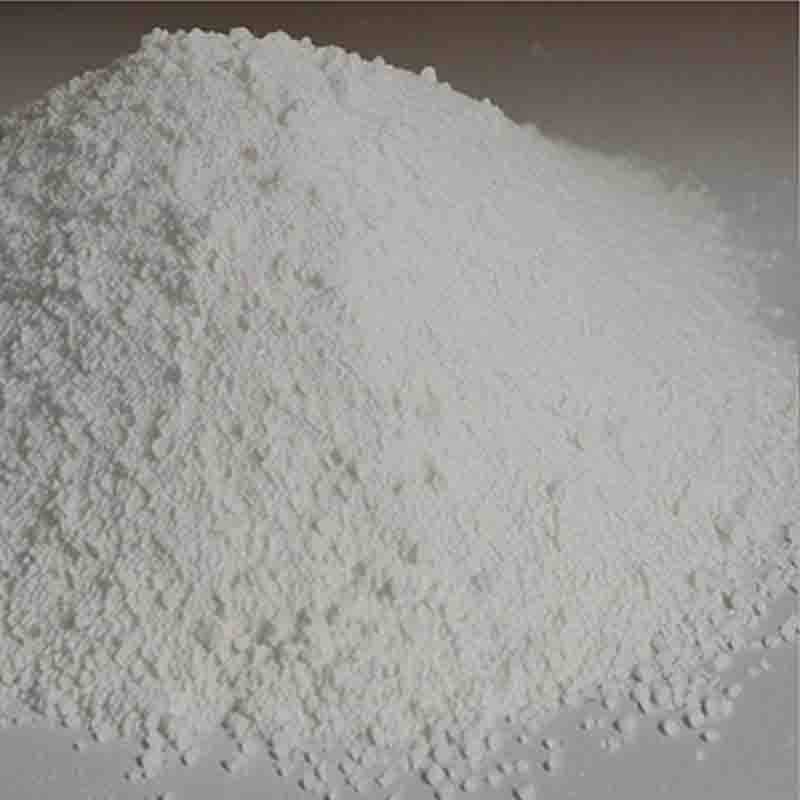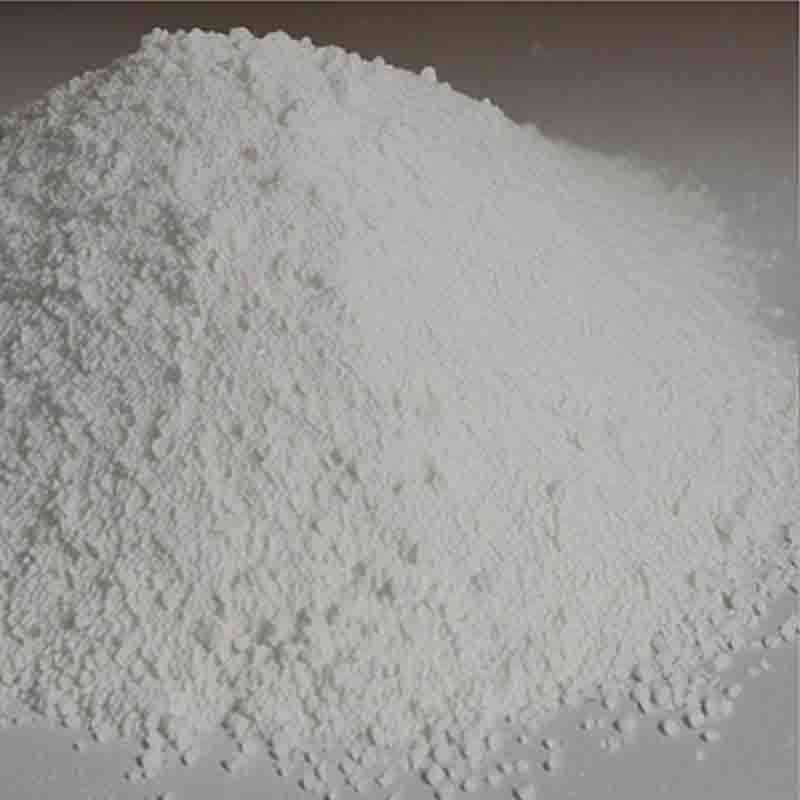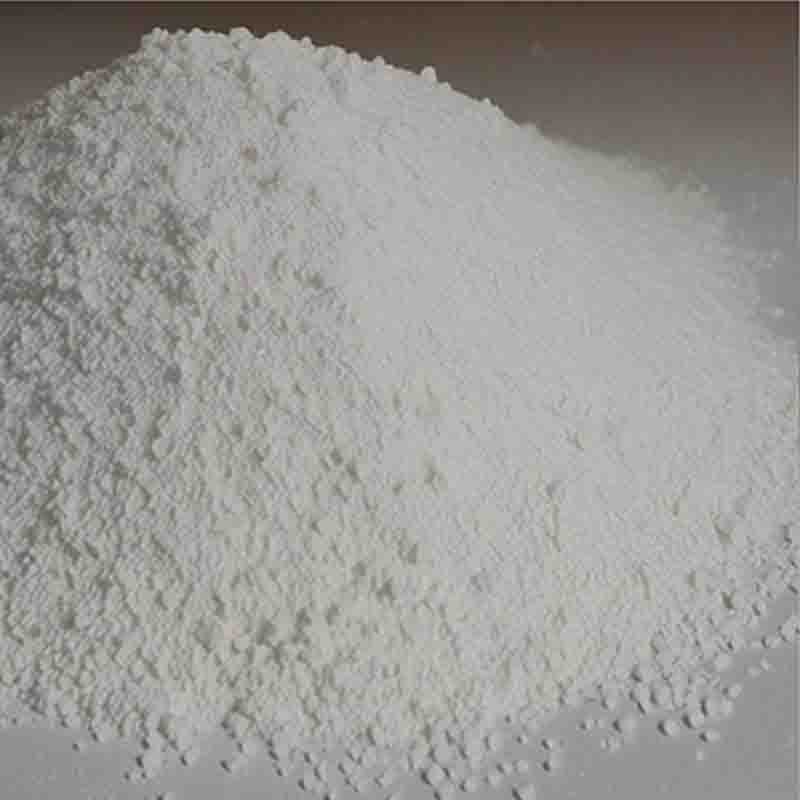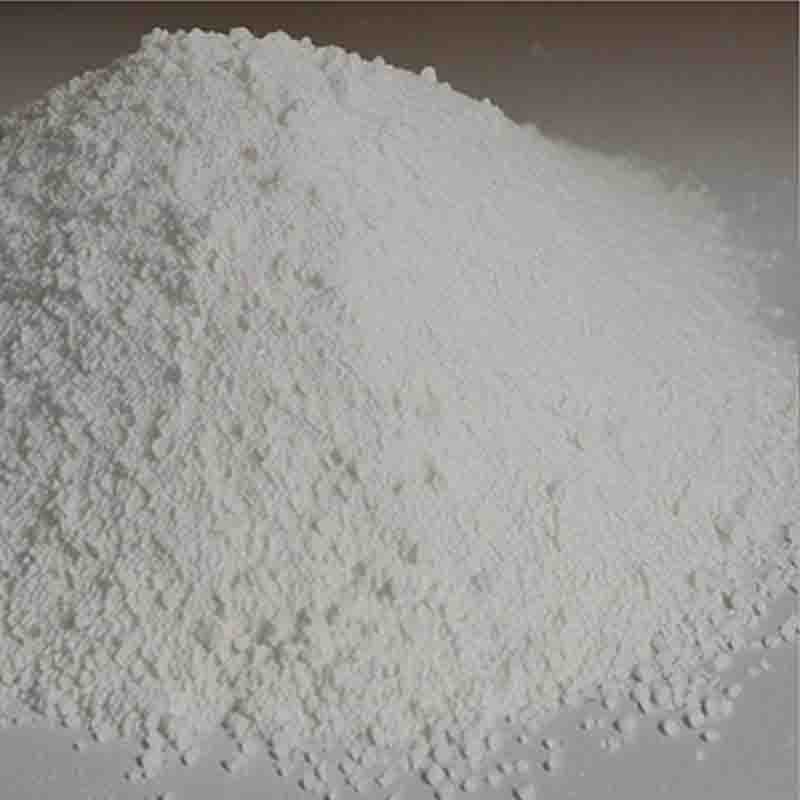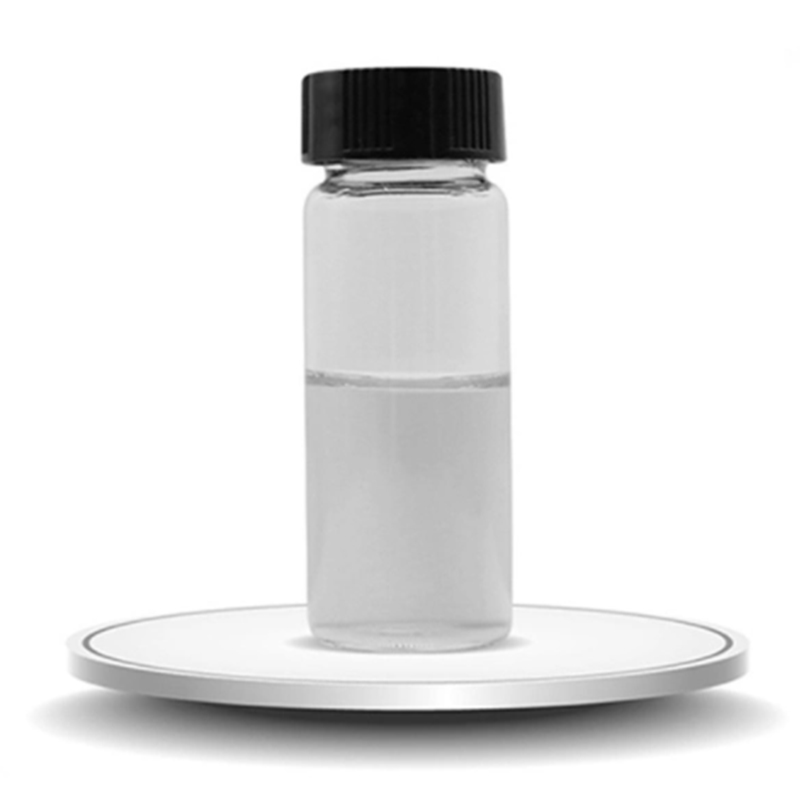2,5-Dihydroxybenzaldehyde CAS: 1194-98-5
| Catalog Number | XD94749 |
| Product Name | 2,5-Dihydroxybenzaldehyde |
| CAS | 1194-98-5 |
| Molecular Formula | C7H6O3 |
| Molecular Weight | 138.12 |
| Storage Details | Ambient |
Product Specification
| Appearance | White powder |
| Assay | 99% min |
2,5-Dihydroxybenzaldehyde, also known as gentisaldehyde, has various applications in different industries.
One of the main uses of 2,5-Dihydroxybenzaldehyde is as a building block in organic synthesis. It can be used as a starting material for the synthesis of various compounds, including pharmaceuticals, agrochemicals, and specialty chemicals. The unique structure of 2,5-Dihydroxybenzaldehyde enables the introduction of specific functionalities, allowing for the design of molecules with desired properties.
Furthermore, 2,5-Dihydroxybenzaldehyde finds application as a precursor in the production of dyes and pigments. It can be used as a starting material for the synthesis of colorants, such as azo dyes and anthraquinone derivatives. These dyes and pigments have applications in various industries, including textiles, printing, and paints.
2,5-Dihydroxybenzaldehyde also has antioxidant properties, making it suitable for use in the formulation of cosmetics and personal care products. It can help protect the skin and hair from oxidative damage, providing anti-aging and protective effects. Additionally, its aromatic scent can be utilized in the fragrance industry.
Moreover, 2,5-Dihydroxybenzaldehyde can be used as a reagent in analytical chemistry. It can react with various compounds to form colored products, which can be detected and quantified. This property makes 2,5-Dihydroxybenzaldehyde useful in assays and tests for the determination of certain analytes.
In conclusion, 2,5-Dihydroxybenzaldehyde has versatile applications in organic synthesis, dye production, cosmetics, and analytical chemistry. Its unique structure and properties make it a valuable compound in various industries, contributing to advancements in pharmaceuticals, materials science, and chemical research.


